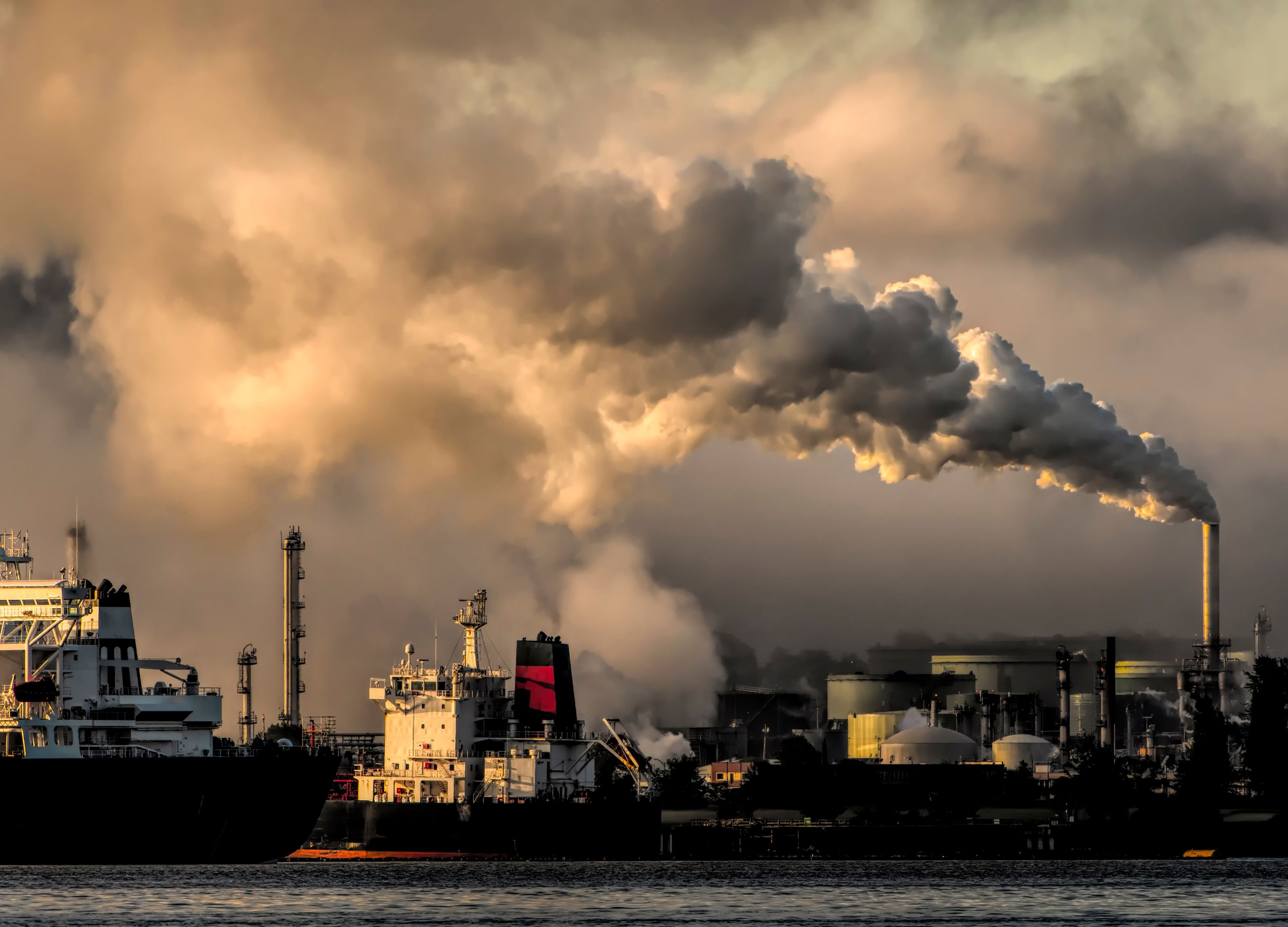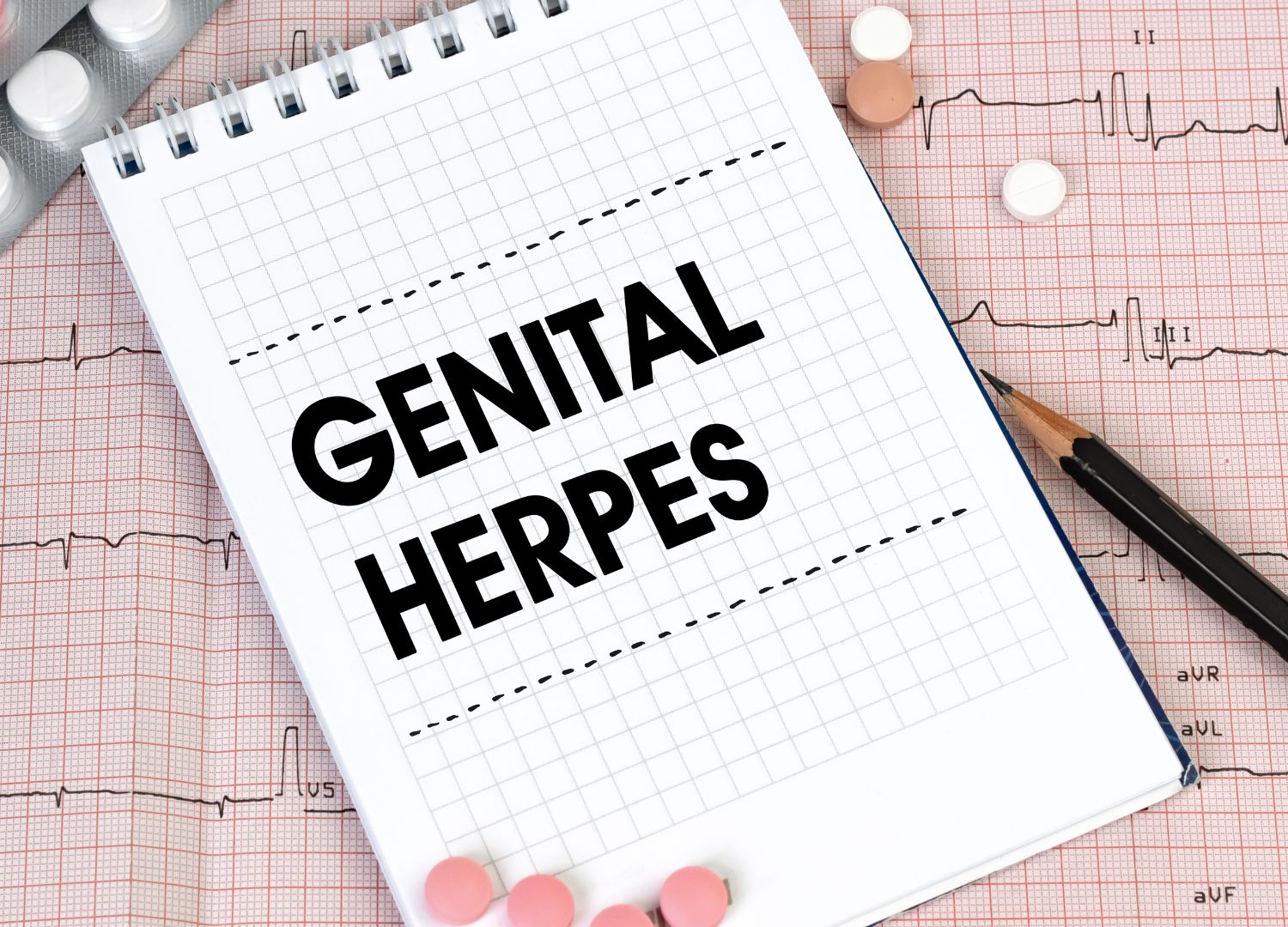
Air Pollution and Health: Understanding the Dangers and Ways to Protect Yourself
Air pollution na growing global health concern wen be serious threat to human well-being. ,
Air pollution dey significantly impact the health of billions of people. The World Health Organization (WHO) don estimate say na around 7 million people na em dey die every year from exposure to polluted air,so dis one go make am one of the leading environmental health risks worldwide.
Wetin be Air Pollution?
Air pollution dey refer to the presence of harmful substances for air when be danger to human health and the environment. These pollutants fit be either particulate matter (solid and liquid particles wen dey suspended for the air) or gases. Dem dey originate from many sources, including vehicle emissions, industrial activities, agricultural practices, and household energy use.
Some of the common air pollutants na:
1. Particulate Matter (PM): Fine particles like PM2.5 (particles less than 2.5 microns) and PM10 fit penetrate deep into the lungs, and e go cause respiratory and cardiovascular diseases.
2. Nitrogen Dioxide (NO₂): dey Produced by road traffic and industrial emissions, NO₂ e fit irritate the airways and worsen conditions like asthma.
3. Sulfur Dioxide (SO₂): na from power plants and industrial facilities, SO₂ dey contribute to respiratory issues and acid rain.
4. Ozone (O₃): Ground-level ozone, dey formed by chemical reactions between sunlight and pollutants, and e dey cause respiratory problems and lung damage.
Health Effects of Air Pollution
Air pollution dey affect almost every system for the human body. E fit cause wide range of health problems, from respiratory illnesses to heart disease:
1. Respiratory Diseases; The lungs dey directly exposed to air pollution, so e go make respiratory diseases one of the most common health issues wen dey linked to poor air quality. Fine particulate matter (PM2.5) fit penetrate deep into the respiratory system, e fit cause inflammation, irritation, and reduce the lung function. Conditions like asthma and even lung cancer dey caused by long-term exposure to air pollution.
2. Cardiovascular Diseases; air pollution get serious impact on cardiovascular health. Pollutants like PM2.5 and nitrogen dioxide fit enter the bloodstream and trigger inflammation for the blood vessels, increasing the risk of heart attacks, strokes, and high blood pressure. Studies don show say people wen dey live for highly polluted areas dey more likely to suffer from cardiovascular conditions.
3. Premature Death don dey liked to Prolonged exposure to high levels of air pollution. WHO reports say air pollution dey contributes to 7 million premature deaths every year, e come make am the leading cause of global death. Vulnerable groups, include children, the elderly, and people with pre-existing health conditions, dem dey at the highest risk.
4. Impact on Children; Children dey particularly vulnerable to the health effects of air pollution. Their respiratory systems still dey develop, and e dey make dem to breathe faster pass adults, that one go increase dia exposure to airborne toxins. Studies don show say children exposed to polluted air dey more likely to suffer from asthma, pneumonia, and developmental delays. Moreover, long-term exposure fit impair lung growth, leading to lifelong respiratory problems.
Global and Local Sources of Air Pollution
Air pollution na issue wen get many sides and wen dey influenced by both global and local sources. For urban areas, vehicle emissions na the primary contributor to air pollution, particularly for cities with heavy traffic. Industrial activities dey also contribute well well to the release of harmful pollutants.
For rural areas, air pollution dey often linked to agricultural practices, including the use of pesticides and the burning of biomass for cooking and heating. Open burning of waste na another major source of air pollution for many developing countries. Additionally, natural events like wildfires and dust storms fit contribute to poor air quality.
How to Protect Yourself from Air Pollution
While to dey combat air pollution on a global scale requires policy changes and collective action, people fit take many steps to reduce dia exposure to harmful pollutants:
1. Monitor Air Quality: Keep track of air quality levels for your area using apps and websites wen dey provide real-time air quality information. On days when pollution levels dey high, make you consider to stay inside house, especially during peak traffic hours.
2. Limit Outdoor Activities: If you dey live for highly polluted area, try to limit outdoor activities during times of high pollution, like during rush hour or when air quality alerts dey issued.
3. Use Masks and Air Filters: face mask dey designed to filter out particulate matter, and e fit offer protection against inhaling harmful particles. Plus, using air purifiers for inside house fit help reduce indoor air pollution.
4. Create Green Spaces: Plants dey absorb carbon dioxide and release oxygen, so e dey improve air quality. Adding more plants to your living spaces, both indoors and outdoors, fit contribute to better air quality.
5. Use Public Transport: Reducing personal car use fit lower the emission of harmful pollutants. Whenever e dey possible, go for public transport, carpooling, or biking to reduce your carbon footprint and exposure to air pollution.
Conclusion
Air pollution na major public health threat, with serious consequences for human health and well-being. From respiratory diseases to cardiovascular problems, the effects of polluted air plenty and demand urgent attention. If we take steps to protect ourselves from air pollution and advocate for cleaner air policies, we fit reduce the harmful impact of pollution on our health and create a healthier environment for future generations.












